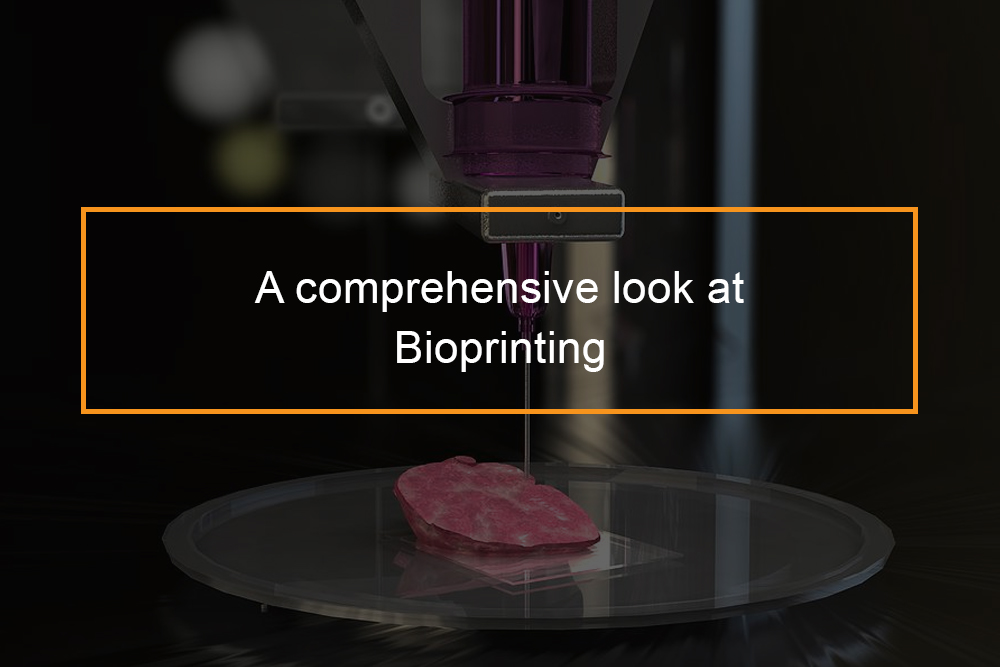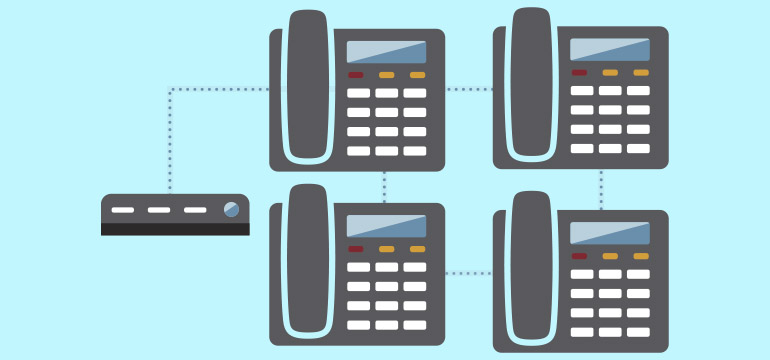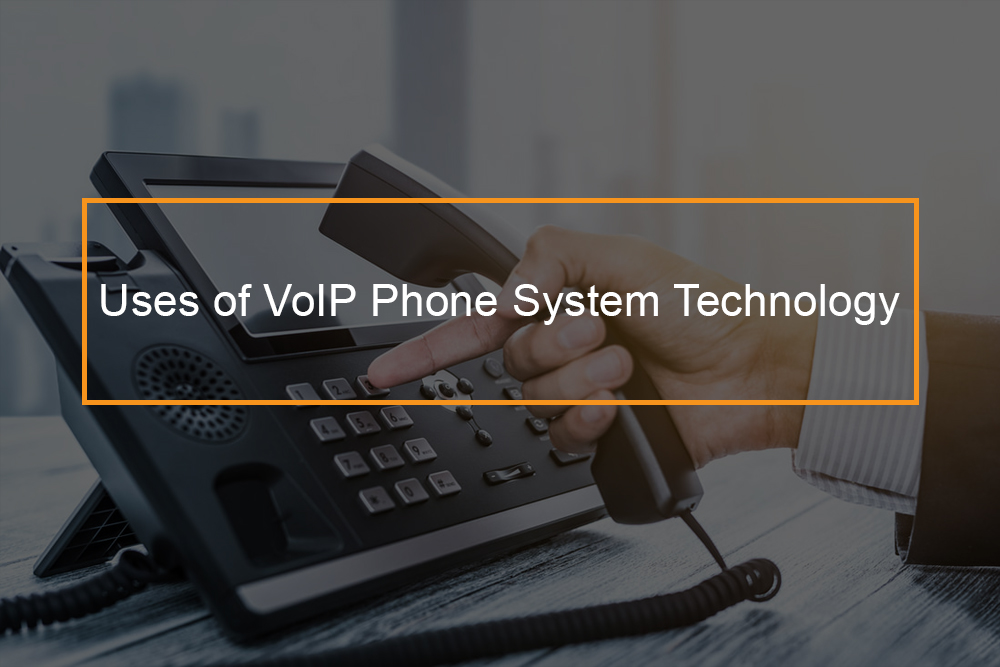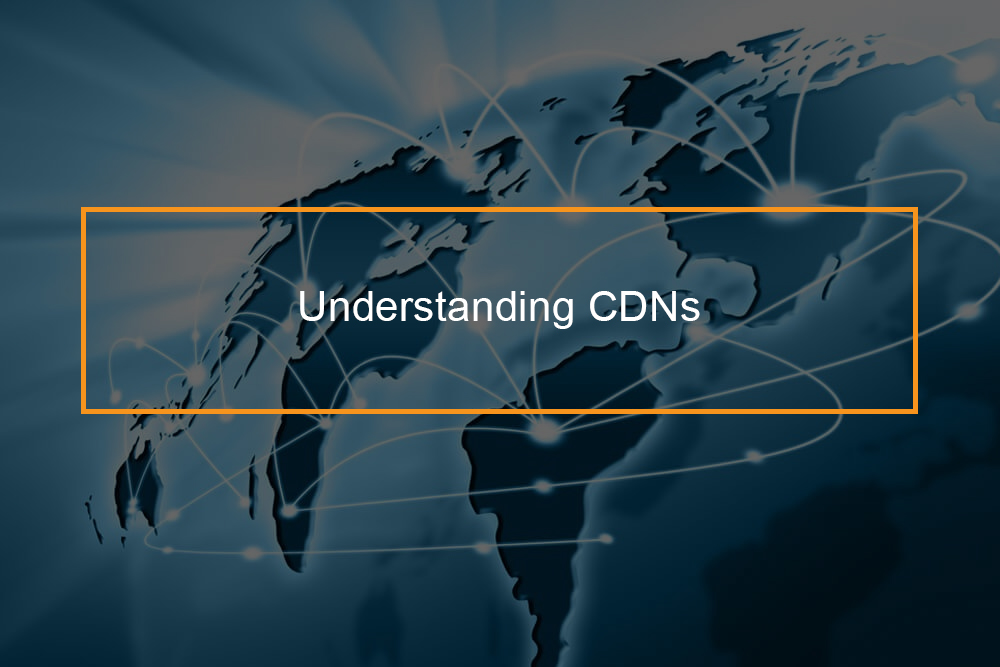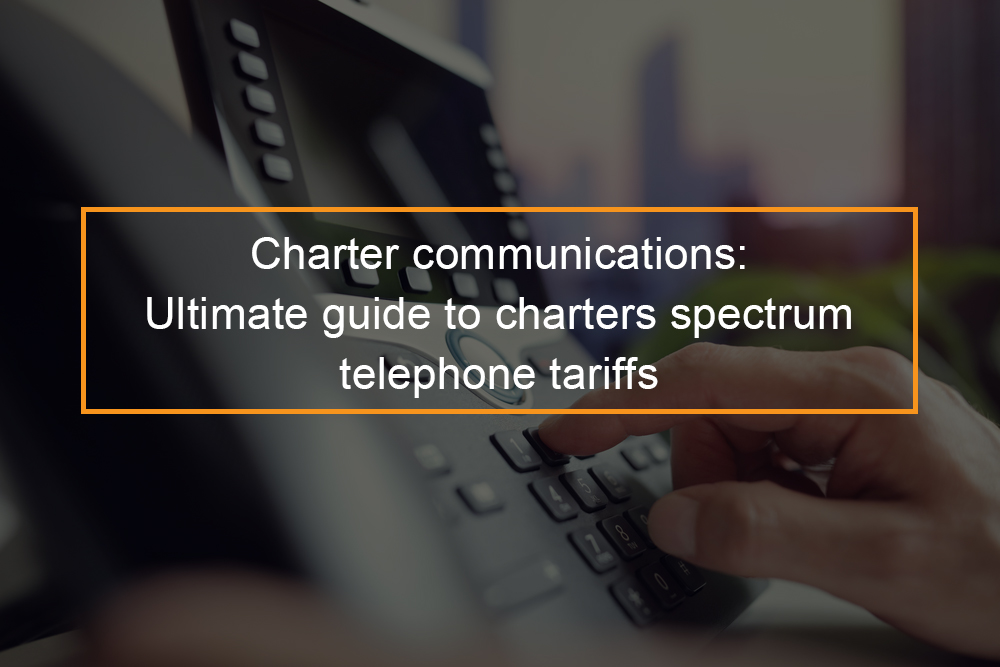Top differences between a CRM vs. Call Center

CRM vs. Call Center Software: Key Differences
Both of these tools have important functions that can help you reach your business goals. Is CRM And Call Center The Same? How can they be used together? Let’s see if we can figure it out.
Table of Contents
Is CRM And Call Center The Same?
Is CRM And Call Center The Same? A CRM allows businesses to keep a digital record about customer interactions. Software for call centers allows companies to manage and track calls and messages to customers. This is the first step in providing a high-standard customer experience.
What is CRM in a call center?

It wasn’t easy to answer customers’ phone calls. First, it takes a lot of concentration to maintain the context of the conversation. The second reason is that employees don’t always have the time or the resources to give the right answers to customers.
Technologies are always evolving, and today there are many options to automate at most some of the call center processes. VoIP integration combined with a CRM system is a great way for companies to transform the work of their call center staff.
The purpose of the call center CRM is to increase productivity and deliver a superior customer experience. This platform allows you to connect the customer’s history with the organization and facilitates seamless communication. It also improves customer experience.
Call center crm features
Here are some essential features of call center CRM that will help you better manage customer support.
Telescript: Telescript allows agents to use a script called Telescript to handle common customer queries. It assists agents in managing various types of campaigns. To give quick resolution, an agent can refer to the telescript when he receives a call from a customer. Another example is when an organization wants to expand its reach in a new market. Agents can refer back to their previous region’s telescript to help them create a successful campaign.
Incident Management: Agents can use it to prioritize incidents based upon their severity. The most serious case can be referred to a supervisor, or a senior manager who plans to be an expert on this subject. Research has shown that 71% of consumers have left a business relationship due to poor customer service. Reps may create incident entities for customers to track their requests, queries or issues. They can manually apply the service level agreement (SLA). This is done by changing the status of the incident record to “Active, Resolved or Canceled.”
Automatic Escalations: In certain situations, an agent may not be able or able respond to an issue quickly. This feature allows agents to create rules or policies that allow the case to be escalated to higher authorities. This feature allows agents to set up rules or policies to allow them to escalate the case to others who are experts in the subject. Integrated Desktop gives agents a 360° view of customer interactions. The CRM integrates multiple channels into one interface so agents have instant access to critical information to help customers.
Integrated Agent Desktop: Agents can now have a 360 degree view of customer interactions with Integrated Desktop. The CRM integrates multiple channels into one interface so agents have instant access to critical information to help customers.
Contact Center Analytics: CRM software gives agents the ability to record every detail of customer contact information. These useful data can be later used to analyze trends and patterns that customers are following. The reports generated by CRM on Average Time to resolve an incident, First Contact Resolution percentage, Average Response time, and Average Cost per incident can also be used for implementing fresh strategies.Multi-channel integration: In order to provide harmonious customer experience, companies these days are operating in multi-channel environment. Companies have to ensure that customers receive a consistent, high-quality experience no matter how or where they contact them. Contact centers need to ensure that their CRM is able to integrate with other channels in order for customers to have a consistent and seamless experience.
Knowledge Base: This Knowledge Base is a central repository of information. Repository agents can search for answers, documents, or cases in the database. This can be used to solve customer problems.
Multi-channel integration: A way for companies to offer a seamless customer experience. Companies have to ensure that customers receive a consistent, high-quality experience no matter how or where they choose to interact. Contact centers need to ensure that their CRM is able to integrate with other channels in order for customers to have a consistent and seamless experience.
Differences Between Call Center Software and CRM

- Big Picture Differences
- Use Cases
- Key Features
- Front End vs. Back End
- Cloud vs. On-premise
- Core Users
- Pricing
- Metrics
1) Big picture
Before we go into detail on the features and uses, let’s look at the bigger picture. What is the difference in the purpose and definition of these solutions?
What is CRM?
CRM stands for Customer Relationship Management. CRM stands for Customer Relationship Management. It manages all of the company’s relationships and prospects. In most cases, it covers every step of the process from lead generation through sales. CRM allows you to view all customer interactions and gives you a complete overview of customer lifecycle. You can view the customer’s phone number, email address, purchase history, refunds and other information.
Why Do You Need CRM?
| So what’s the purpose of keeping and storing all this digital history? |
|
|
|
|
|
|
What Is Call Center Software?
Software for call center communication is about communicating with prospects and customers. It helps businesses manage the flow and routing of voice messages to the appropriate employees. The call center software provides managers with tools to assess the performance of agents and detailed statistics across all channels.
Multichannel contact centers software has become more popular because customers can interact with businesses using different channels (webchats messengers emails), and multichannel contact center software has become increasingly popular. It allows employees to use the same interface to handle live chats and emails. This improves call center performance.
Why Do You Need Call Center Software?
| The purpose of the call center software is to: |
|
|
|
|
|
2) CRM and Call Center Software Use Cases
CRM
We’ve already discussed how a CRM system keeps track of all interactions with customers. It collects detailed information about each customer’s life.
| Here are the main use cases of it. |
|
|
|
|
Call Center Software
| Here are the main use cases of it. |
|
|
|
|
3) CRM and Call Center Key features
| Call Center Software |
|
|
|
|
But that’s not all. VoIP features are available in our call center software. You can use them to enhance your phone service.
| CRM |
|
|
|
|
4) Front end vs. back end
CRMs Are Your Go-to Back-office Tools
A CRM is a database that stores all of your customer interactions. It tracks what your customers purchased, how they spoke to support agents, and many other details. This data gives you a comprehensive view of your business and allows agents to search for relevant information about customers and prospects. CRM solutions are not necessary for your business to interact with customers.
It is possible to use CRM data for a more personalized experience. A CRM is only as good and useful as the data it stores.
It should be linked directly into sales/support channels. If it’s not, you can rely 100% on human reporting. Many standalone CRM systems advertise integrations with communication tools. However, they are usually limited and often faulty.
Call Center Software Directly Impacts Communications
Of the two options, the call center is best. It can change the way you interact and communicate with customers. It is used to make and receive outbound and inbound phone calls.
Software for call centers directly impacts the customer experience. Interactive Voice Response, (IVR), assists customers in finding the right department to contact when they call support.
The average wait time for calls is reduced by call distribution policies. Call screening allows your callers to get in touch with their account managers quicker. An integrated dashboard allows you to see the entire customer service story in one place.
This will result in a better customer experience. These call center best practices are applied by managers to achieve huge results.
5) Cloud vs. on-premise
CRM
CRM tools were around long before the internet. Twenty years ago the market leaders were still there. Many businesses even had in-house solutions that they custom-designed.
The times have changed. While there are many options, these options are very few. Cloud-based solutions are the new norm. They are cheaper and don’t require IT staff for oversight or management.
Hosting solutions are easier to manage. The hosting solution is easy to manage. Your office doesn’t require a high tech solution.
These are not the only benefits to moving to the cloud. Data from the CRM for customer service and sales will be available to all offices in the country.
Call Center Software
Call centers used to have on-premise private branch exchanges (PBX) and custom code. Although it was a complex task to get it operational, once the solution was in place, it became the heartbeat and soul of a call center.
A PBX can help distribute calls efficiently and streamline call transfers and other collaboration. It reduces the time customers spend waiting and ensures consistent service. In recent years, however, on-site contact center software has become obsolete.
SIP trunking is a great way to boost an existing PBX or bring your call center up to date. You don’t have to install anything in the office if you are just starting. Cloud-hosted PBX services provide all the essential features for business phones.
An internet connection is all you need for your office. Each desk will have a phone. Your provider takes care of all the details, from VoIP calls and SMS to call recording and more.
With VoIP, there’s no need to have landlines or phones. Your agents can take calls with a smartphone or tablet and use a headset.
6) Core users
CRM
CRM is often a tool that only enterprises have access to, which can lead to small business owners thinking otherwise. However, this is no longer true.
| Today, core users include: |
|
|
|
|
Call Center Software
Call center software is the foundation of all call centers. It doesn’t matter whether it’s an outbound, inbound, or blended call center. The software is also used by many businesses without a dedicated call center.
| For example: |
|
|
|
|
7) Pricing & costs
Globally, between 51 and 100 employees use 79 different SaaS apps on an average. On average, an employee uses 8 SaaS software as part their day-to-today responsibilities. These software costs can add up quickly, so pricing and running expenses are important to consider.
CRM
The industry’s best solutions can charge up to $75-$150/month per customer. Even for small businesses, that’s thousands of dollars annually.
Call Center Software
Because there is no subscription cost, open-source solutions or locally developed solutions could seem like the winner. However, you still have to pay monthly phone bills to cover your landlines.
Hosted solutions are also more flexible. You have many options with remote staffing. It’s possible to meet rush hour needs without increasing staff or taking up office space. You don’t even require physical space for your call center.
8) CRM metrics vs. call center metrics
Customer service metrics are vital data points that modern businesses need. Each tool only provides a part of the whole picture.
CRM Metrics
CRM metrics concentrate on customers, sales, or revenue. The data is used to help sales teams achieve their goals.
|
|
|
|
Call Center Metrics
Call center metrics are used to assess the level of service that your agents provide customers. You can see everything, from the time they take to respond to a problem to the number of interactions required. They will give you the whole picture.
|
|
|
|
End Communication Silos with CRM + Call Center Software
Your business’s support and sales calls can’t take place over the internet without VoIP. It may be difficult to integrate these data with your existing CRM.
Voice is often the first support channel that is overlooked. The information about customer interactions is not shared with other teams or members of the team. This is a serious problem for customer service. This is what experts call “siloed communication.” A call center software that integrates a CRM will eliminate these “communications silos”.
Conclusion
Call center software and a CRM system are both important. Both can perform different functions and are not interchangeable. CRM systems allow you to manage all the relationships between your company and customers.
The call center solution allows for only communication via phone with your customers, or target audience. It also gives you the opportunity to utilize more features than just click and call that are often found in CRMs. Both solutions take time and are difficult to describe. However, employees will be involved in a different way.
Implementing CRM efficiently depends on the performance of the employees. They must follow all procedures and record data for every customer interaction. The call center solution can access many data directly from logs and statistics. This makes it possible to spot cases of sabotage immediately and take appropriate measures.
The pricing of these solutions is different. CRM can be more costly than call center software. Both are better than one because they will allow you to do all of your business tasks more efficiently.
Frequently Asked Questions
What is Call Center CRM integration?
Simply put, it is a connection between your CRM software and your contact center software. It automatically transfers data back and forward to improve the efficiency of each system as well as the processes and people who use it.
What is CRM Software?
CRM software can improve visibility and business analytics. Marketing teams can monitor their effectiveness and sales managers can see pipeline revenue and open offers. Customer experience managers can also review the performance of their team and find improvement opportunities.

